Method
A fixed contact set simulates a 2” (50.8 mm) wide stem.
Force is applied in 150 N incriments from 0 to 2700 N perpendicular to the floor onto the gripping area of the bars (total). The results are concluded for each bar type and plotted in graphical form.
Results
See animation and graph.
Summary of Results
From the animation, the bars are shown at 25x deformation when 1500 N of force is applied, i.e., 1 mm of displacement is amplified to 25 mm. The max value on Von Mises colour chart is reduced to 150 MPa to intensify the colours in the animation showing the highest stress area on the curved section of the bar above the cross brace.
![]()
From the graph, the point of component failure is where the stress line intersects the material yield strength line, therefore:
2-Piece Bars failure load = 1816 N
4-Piece Bars (Style A) failure load = 2091 N
4-Piece Bars (Style B) failure load = 2604 N
This indicates the following:
Since the results are linear, at any point on the graph there is a 15% increase in stress from the 4-Piece Bars (Style A) to the 2-Piece Bars, i.e., at 1500 N for example, the 4-Piece Bars (Style A) stress is 330 MPa and the 2-Piece Bars stress is 380 MPa.
Since the results are linear, at any point on the graph there is a 43% increase in stress from the 4-Piece Bars (Style B) to the 2-Piece Bars, i.e., at 1500 N for example, the 4-Piece Bars (Style B) stress is 265 MPa and the 2-Piece Bars stress is 380 MPa.
Conclusion
In this specific scenario with these specific parameters, the 4-Piece Bars (Style B) are the strongest style/shape with a 43% increase in strength compared to the 2-Piece Bars and a 24.5% increase in strength compared to the 4-Piece Bars (Style A). Additionally, the 4-Piece Bars (Style A) are the second strongest style/shape with a 15% increase in strength compared to the 2-Piece Bars.
The image below shows that, under the same load, the welded lower section on 4-Piece Bars creates a stiffer shape that produces higher stress in that area (but still a low value) which subsequently reduces stress in the curved section, which is the weak point on all the bar styles/shapes.
Strength to weight ratio?
A few people have mentioned the strength to weight ratio, I personally think this is negligible since BMX components are already light, particularly handlebars. Maybe I’m being biased because I’m from the heavy plant industry and let’s face it, you won’t get Mike Hoder forearms riding a crisp packet… Anyway, all the handlebars in this study are modelled as straight gauge tube (some brands offer butted or multi-butted tube – this is where the wall thickness is reduced in low stress areas to reduce weight).
In this study, the 2-Piece Bars are 60g lighter than 4-Piece Bars (Style A) and 100g lighter than the 4-Piece Bars (Style B)… and do you know what else is 100g? The average human poo ? hence my opinion on weight being negligible in this case.
To conclude, in this specific scenario and with these specific parameters, the 4-Piece Bars (Style B) are a human turd heavier (10% weight increase) than the 2-Piece Bars but offer 43% increased strength, but let’s face it, they add 100% in buttersness (they’re ugly) so I personally would opt for the 4-Piece Bars (Style A), at just half a turd heavier (6% weight increase) than the 2-Piece Bars, but offering a 15% increase in strength and maintaining the aesthetics.
Backsweep and Bar Angle
Here’s a further study on how the angle of your bars affects the component strength; since the study above applies the force perpendicular to the floor and, although that’s how I run my bars, I appreciate most people have them angled back slightly.
I analysed angles from 75 deg to 105 deg in 5 deg increments with 90 deg being perpendicular to the floor and also threw in 10, 11 and 12 deg back sweeps:
![]()
The results show that 100 deg forward is the strongest for 11 & 12 deg backsweep, Cory Nastazio style! The 11 & 12 deg backsweep seem to get weaker the further you lay back from this value. But the 10 deg backsweep is stronger and doesn’t weaken until after 80 deg back.
We’re not talking huge values here for both studies but is cool to see the results!
Disclaimer
I am a qualified Master of Engineering (MEng) and currently the Chief Design Engineer/Head of Engineering for a global drilling rig manufacturer and specialise in the design and design validation of components and their assemblies for heavy plant equipment and machinery. I am not in the BMX industry; these are my personal opinions/studies. Do not base decisions solely on the data presented in this report, use the information in conjunction with experimental data and practical experience presented by the BMX brands for their products.
–Luke Teddy Palmer, MEng
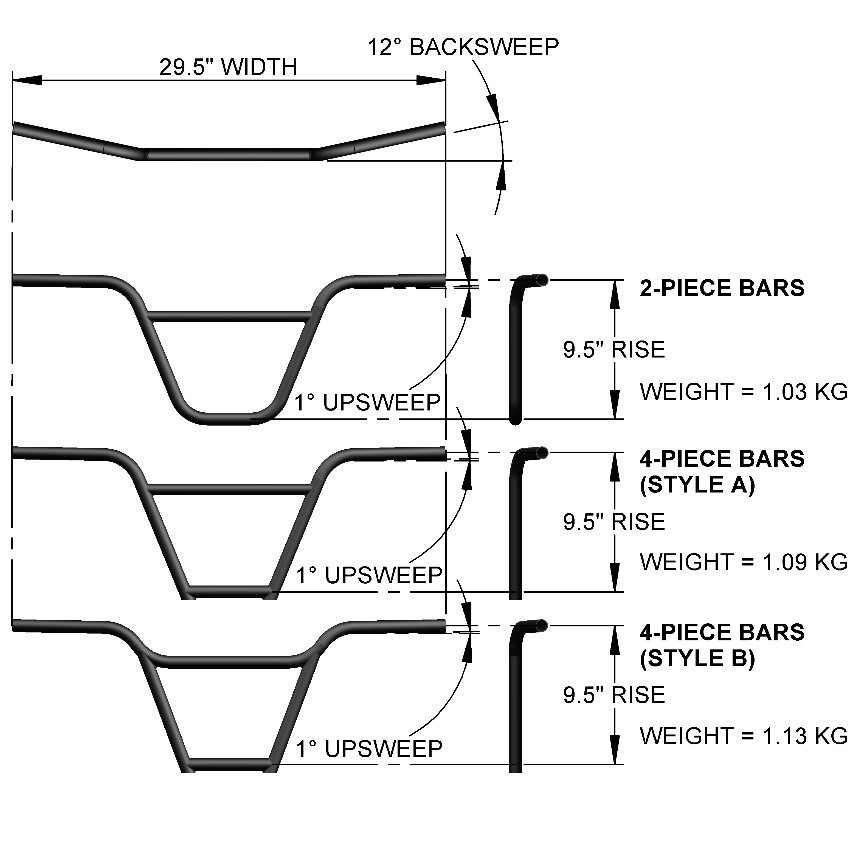


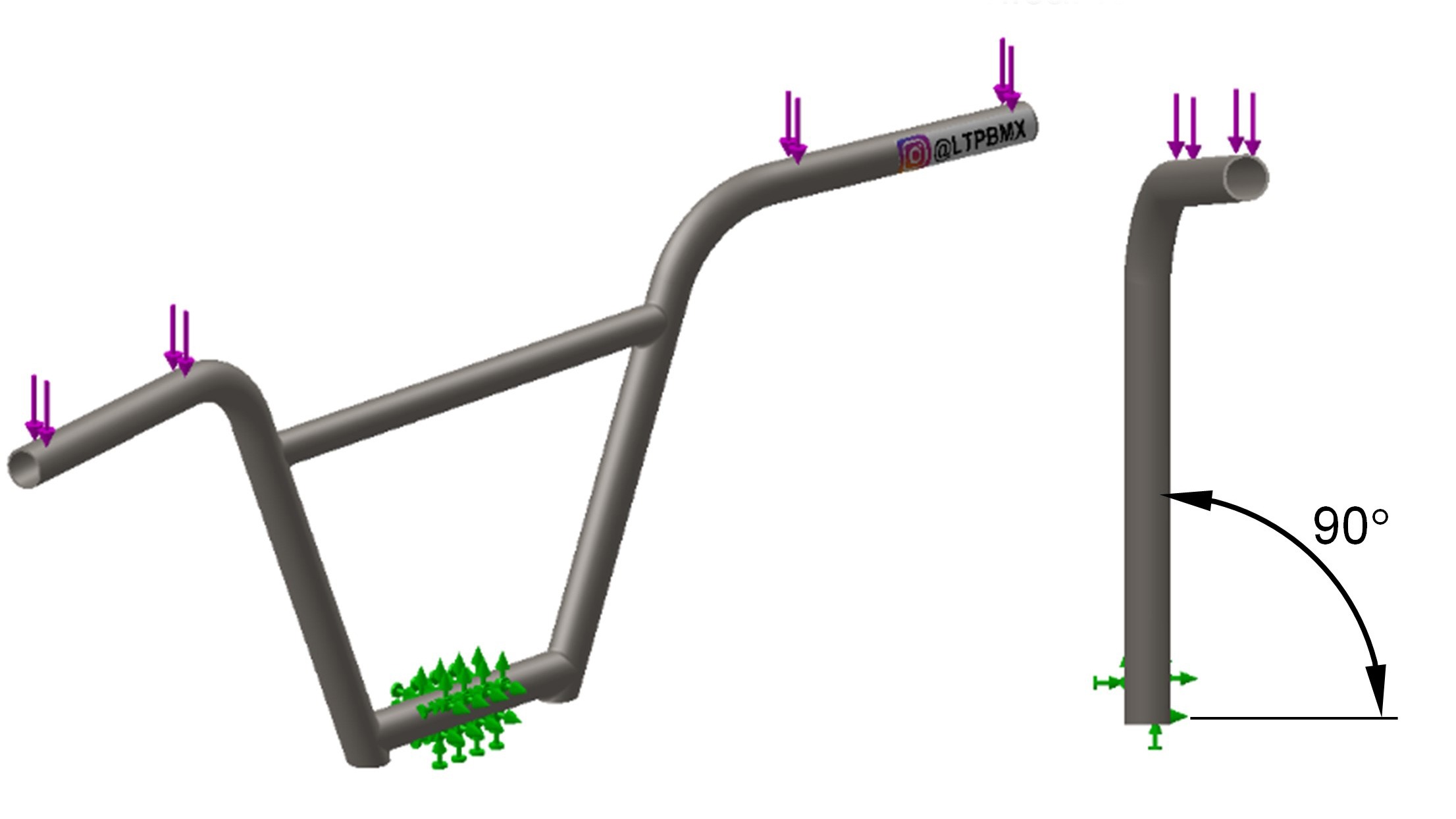
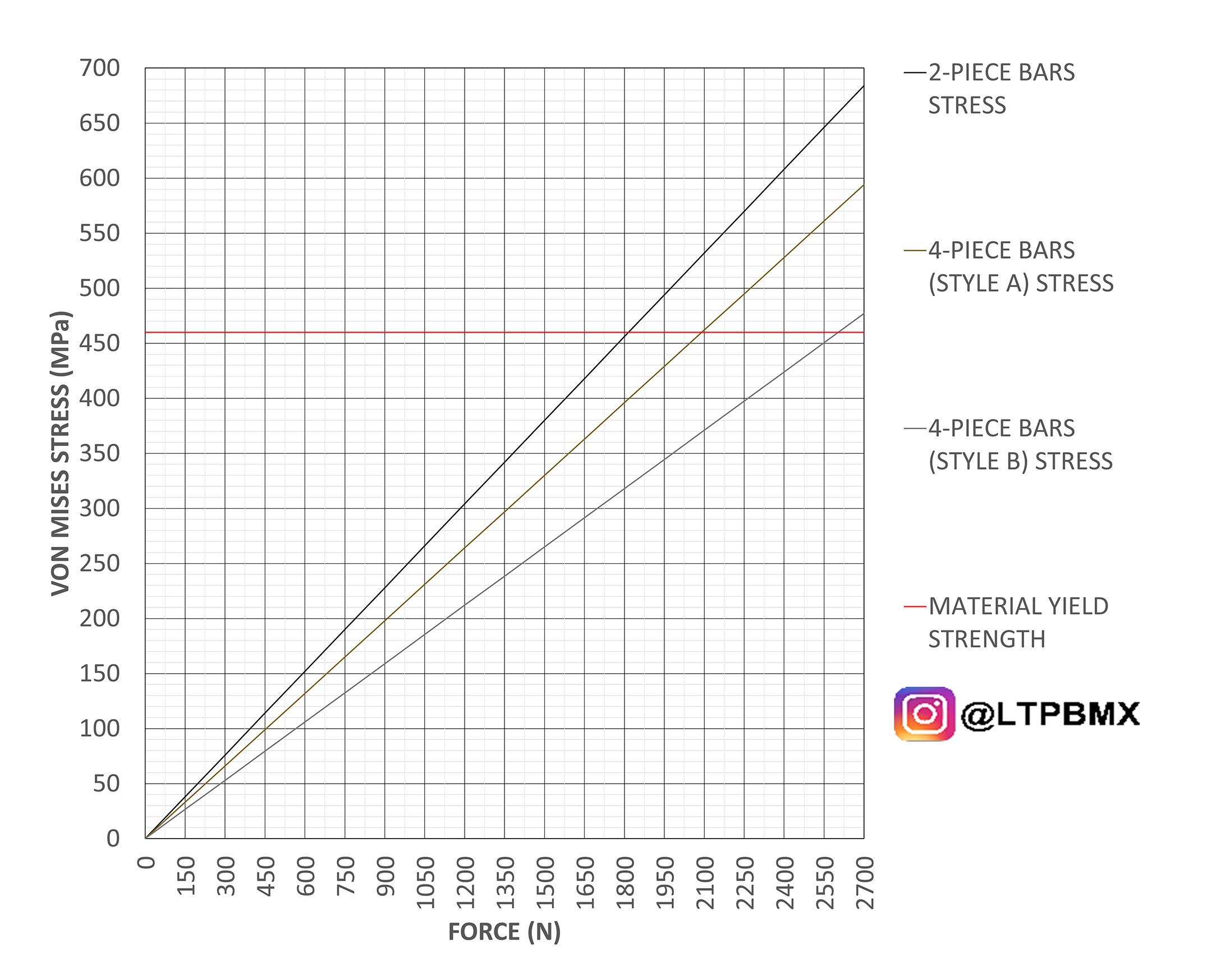

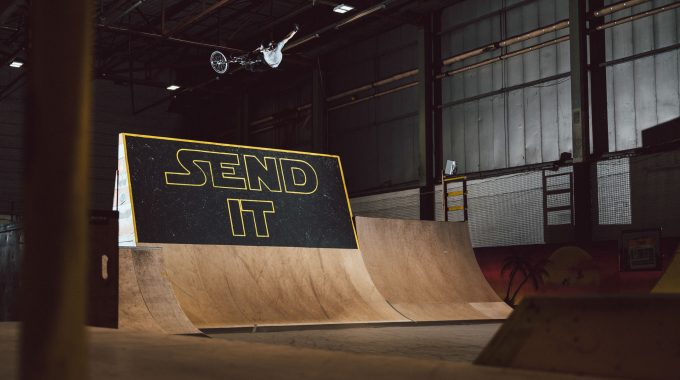
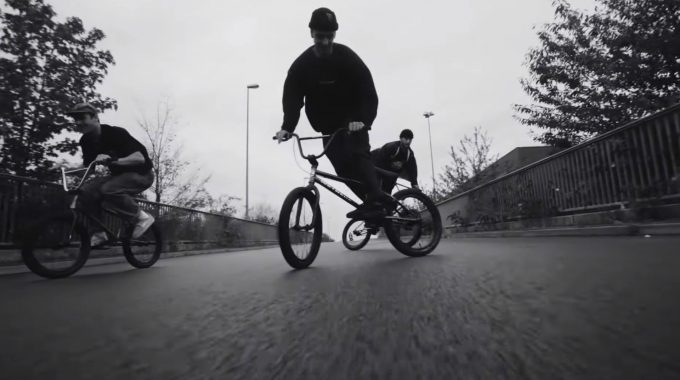
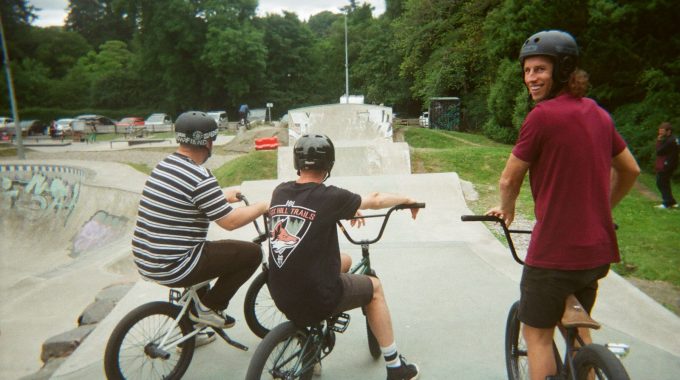
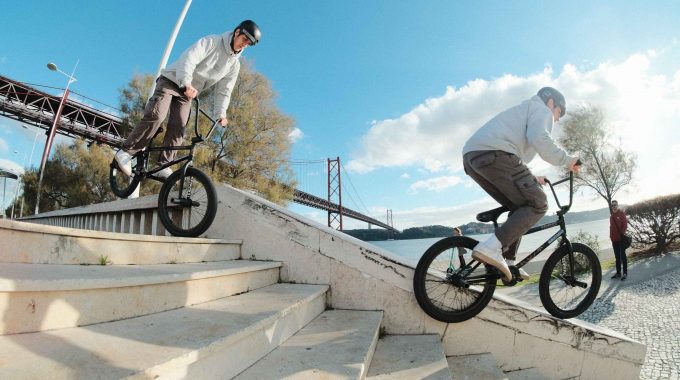
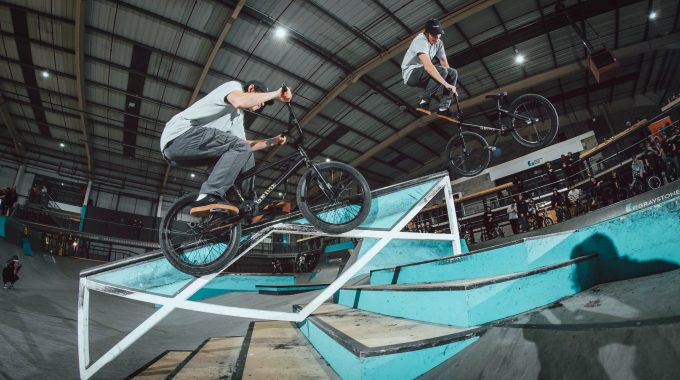
Share